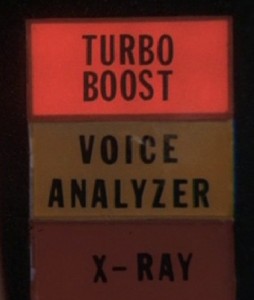Some major news on a local technological breakthrough for solar cells this week folks. This, as always, gives your columnist the opportunity for some more shameless cheerleading on behalf of Australian solar watchers, in the increasing wasteland of government support for domestic solar systems.
(For help, see Finn’s latest article on how to future proof your PV system from perfidious state and federal governments.)
To begin with the Mexican wave (or Sydney University wave to be more precise) part of the article. An April 18 press release from the university has stated that Associate Professor Tim Schmidt, from the university’s School of Chemistry, has partnered with colleagues from the Helmholtz Centre Berlin for Materials and Energy in Germany, to develop what they describe as “turbo for solar cells”.
The breakthrough technology is a “… photochemical upconversion that allows energy, normally lost in solar cells, to be turned into electricity,” according to the release.
If, like me, you are wondering what the “upconversion” technology means, the university helpfully explains that it is the process “which harvests the part of the solar spectrum currently unused by solar cells, [and] eliminates the need for costly redevelopment of solar cells.”
Associate Professor Tim Schmidt describes the work as providing a “benchmark” for future development of the upconversion technique.
“We are able to boost efficiency by forcing two energy-poor red photons in the cell to join and make one energy-rich yellow photon that can capture light, which is then turned into electricity,” Associate Professor Schmidt said.
“We now have a benchmark for the performance of an upconverting solar cell. We need to improve this several times, but the pathway is now clear.”
The pathway to solar cell efficiency includes an expected rise to 40 percent efficiency says the university.
The upconversion technique with regard to solar cells has been developed by the teams for a number of years and more information on how the technique works is available here:
http://iopscience.iop.org/1742-6596/185/1/012002/pdf/jpconf9_185_012002.pdf
The Australian Solar Institute, which provides some funding for the venture, describes the breakthrough as a fine example of collaboration between German and Australian solar scientists. We can’t argue with that! Congratulations folks.


 RSS - Posts
RSS - Posts



Finding out about the solar upconversion tech is proving difficult, is there any way to get Rich Bowden to contact me?
You can contact him at: richbowden3_AT_gmail.com